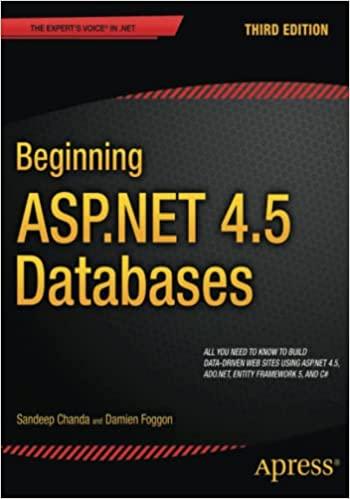Answered step by step
Verified Expert Solution
Question
1 Approved Answer
Part 1. ======= The first part of this lab takes you through the steps of deploying a simple Java RMI application. It is recommended that
Part 1. ======= The first part of this lab takes you through the steps of deploying a simple Java RMI application. It is recommended that you complete this introductory exercise before attempting part 2. Note that the use of rmic is now optional. In other words, in the most recent versions of Java, you do not need to generate the stub file and copy it to the client. The stub or proxy is available via the client side lookup on the registry. This is a very simple Java RMI application that illustrates the use of interfaces and the RMIC tool. Note that it is designed to work from the command prompt. If working on a PC, you will need to have the java bin directory in your path variable. 1. Create two directories from a DOS or Unix prompt. Name one directory 'RMILabServer' and the other directory 'RMILabClient'.
Step by Step Solution
There are 3 Steps involved in it
Step: 1

Get Instant Access to Expert-Tailored Solutions
See step-by-step solutions with expert insights and AI powered tools for academic success
Step: 2

Step: 3

Ace Your Homework with AI
Get the answers you need in no time with our AI-driven, step-by-step assistance
Get Started


